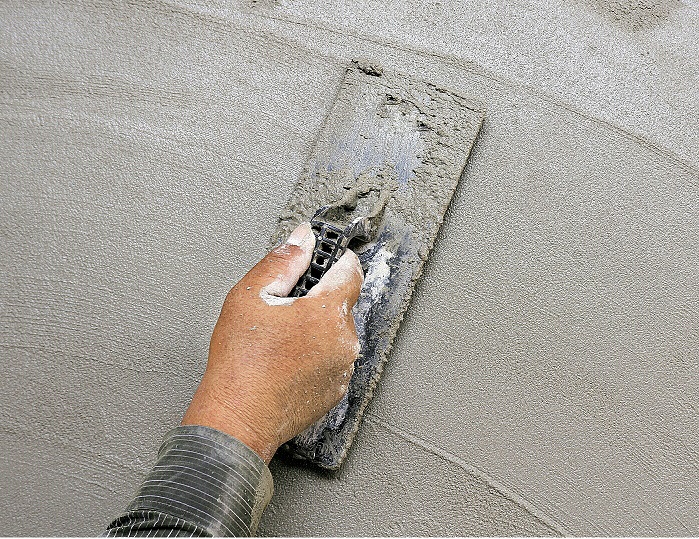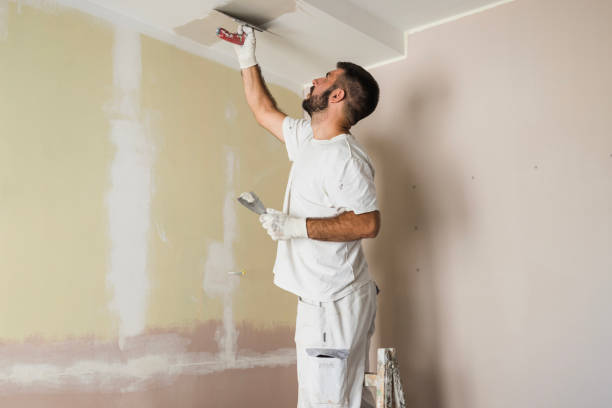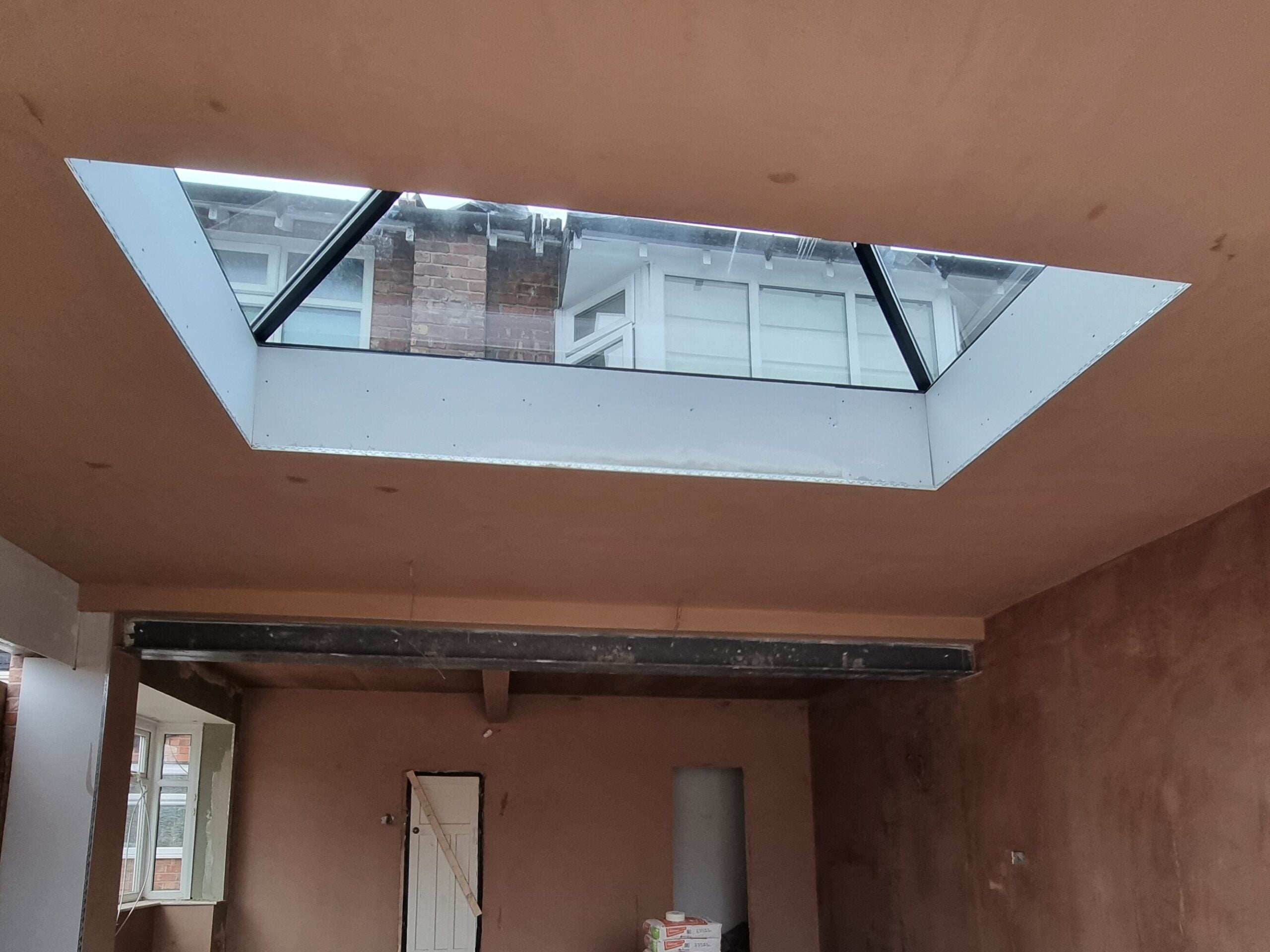Plastering Providers: Professional Solutions for Smooth and Sturdy Wall Surfaces
Plastering Providers: Professional Solutions for Smooth and Sturdy Wall Surfaces
Blog Article
A Comprehensive Guide to Mastering Plastering Abilities for Your Renovation Demands

Important Devices and Materials
Various necessary tools serve distinct purposes, making sure effectiveness and precision throughout the plastering procedure. A high-quality trowel, for circumstances, is indispensable for applying and smoothing plaster, while a hawk supplies a stable system for holding the material.
In enhancement to tools, choosing the right plastering products is vital. Gypsum-based plasters are frequently preferred for their convenience and simplicity of usage, while cement-based choices are perfect for outside applications as a result of their longevity. Water and bonding agents play significant duties in attaining appropriate consistency and adhesion, guaranteeing that the plaster sticks efficiently to the surface area.
In addition, safety equipment such as gloves, goggles, and masks is crucial to protect against dust and irritation during the application process. By putting together the best mix of tools and products, plasterers can boost their capability and create top quality coatings, eventually boosting the general craftsmanship of their work.
Preparing Surfaces for Plastering
Accomplishing a smooth and long lasting plaster surface starts with careful preparation of the surface areas to be plastered. This fundamental step is critical to guaranteeing bond and the durability of the plaster. Beginning by analyzing the condition of the substratum-- whether it is concrete, drywall, or stonework-- getting rid of any kind of loosened paint, dust, or debris that might hinder bonding.
Next, repair any blemishes such as openings or splits. Use an ideal filler to achieve a level surface area; this can be vital for avoiding future concerns. When fixed, ensure the surface area is dry and clean, as dampness can compromise plaster adherence.
For permeable surfaces, it is advisable to apply a bonding representative. This item improves adhesion and creates a reliable interface between the plaster and substratum. If collaborating with previously plastered surfaces, it may be needed to scuff or sand the area lightly to offer a secret for the new plaster layer.
Plastering Methods and Tips
Mastering smudging methods needs both ability and technique to attain a flawless surface. One vital technique is the application of the plaster in several slim layers, instead than a single thick layer.
When applying the coating layer, utilize a shoveling method that involves holding the trowel at a slight angle and functioning in a circular motion. This aids to produce a smooth surface area and decreases the look of trowel marks. In addition, maintain a spray container of water convenient to haze the surface area gently; this maintains the plaster workable and permits smoother view finishing.
Timing is vital; job successfully, as the plaster starts to set. As soon as the plaster has actually tightened but is still wet, utilize a moist sponge to gently smooth the surface additionally. Last but not least, enable adequate drying time before sanding or paint, guaranteeing your hard job leads to a specialist, top quality coating.
Typical Mistakes to Stay Clear Of

An additional usual mistake is using plaster also heavily. Excitable applications can bring about splitting and prolonged drying out times. It's necessary to apply plaster in thin, even layers, permitting each layer to dry appropriately prior to including extra.
Furthermore, not making use of the right tools can hinder the high quality of the coating. Utilizing unsuitable trowels or mixers can create incongruities in the gluing process. Constantly select high-quality devices designed for plastering jobs.
Finally, several individuals undervalue the value of timing. Operating in inappropriate temperature levels or moisture degrees can negatively impact plaster healing and drying out. It is suggested to check climate condition and adapt your routine appropriately.
Completing Touches for an Expert Look
The lasts of a gluing job are essential for attaining a polished, professional appearance. As soon as the plaster has dried out adequately, the next action is to examine the surface area for blemishes. Small bumps, holes, or unequal locations ought to be addressed utilizing fine sandpaper or a fining sand block. This thorough focus to detail is necessary for guaranteeing a smooth finish.
After fining sand, it's a good idea to clean the surface area to eliminate any kind of dust and particles. A moist cloth works for this purpose, followed site by a complete drying out duration. If necessary, using a thin layer of completing plaster can boost the surface better, supplying a smooth coating.
When the ending up plaster is completely dry, one more round of sanding may be needed to attain the preferred smoothness. Finally, take into consideration using a guide prior to paint or wallpapering, which will improve adhesion and resilience.
Conclusion
Mastering gluing skills significantly boosts the quality of improvement jobs. A thorough understanding of crucial devices, surface area prep work, and effective techniques is crucial for achieving expert outcomes. Awareness of usual mistakes enables the avoidance of costly errors, while focus to completing touches guarantees a sleek appearance. Eventually, the assimilation of these components adds to the development of smooth, durable surface areas that elevate the aesthetic worth of any space, highlighting the relevance of skilled plastering in home enhancement ventures.
Water and bonding agents play significant functions in achieving proper consistency and adhesion, making certain that the plaster adheres properly to the surface area. Plastering.


Furthermore, keep a spray container of water convenient to mist the surface area gently; this keeps the plaster workable and allows for smoother completing. (Plastering)
If essential, using a slim layer of finishing plaster can boost the surface better, giving a smooth coating.
Report this page